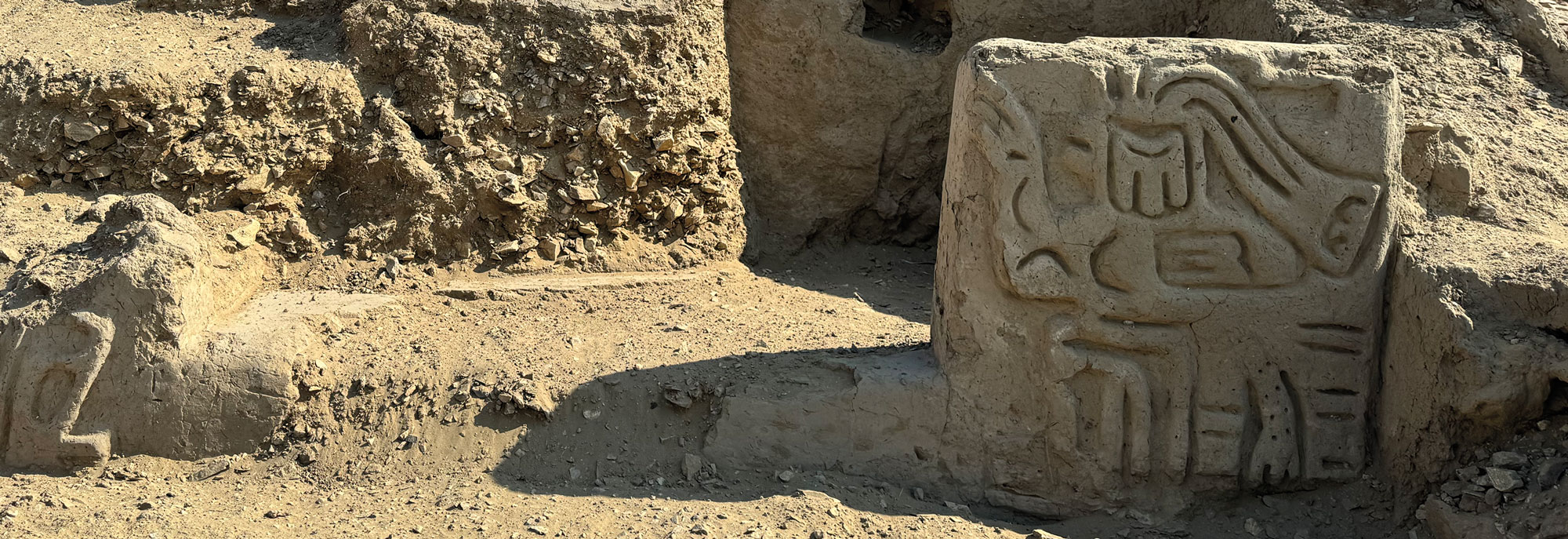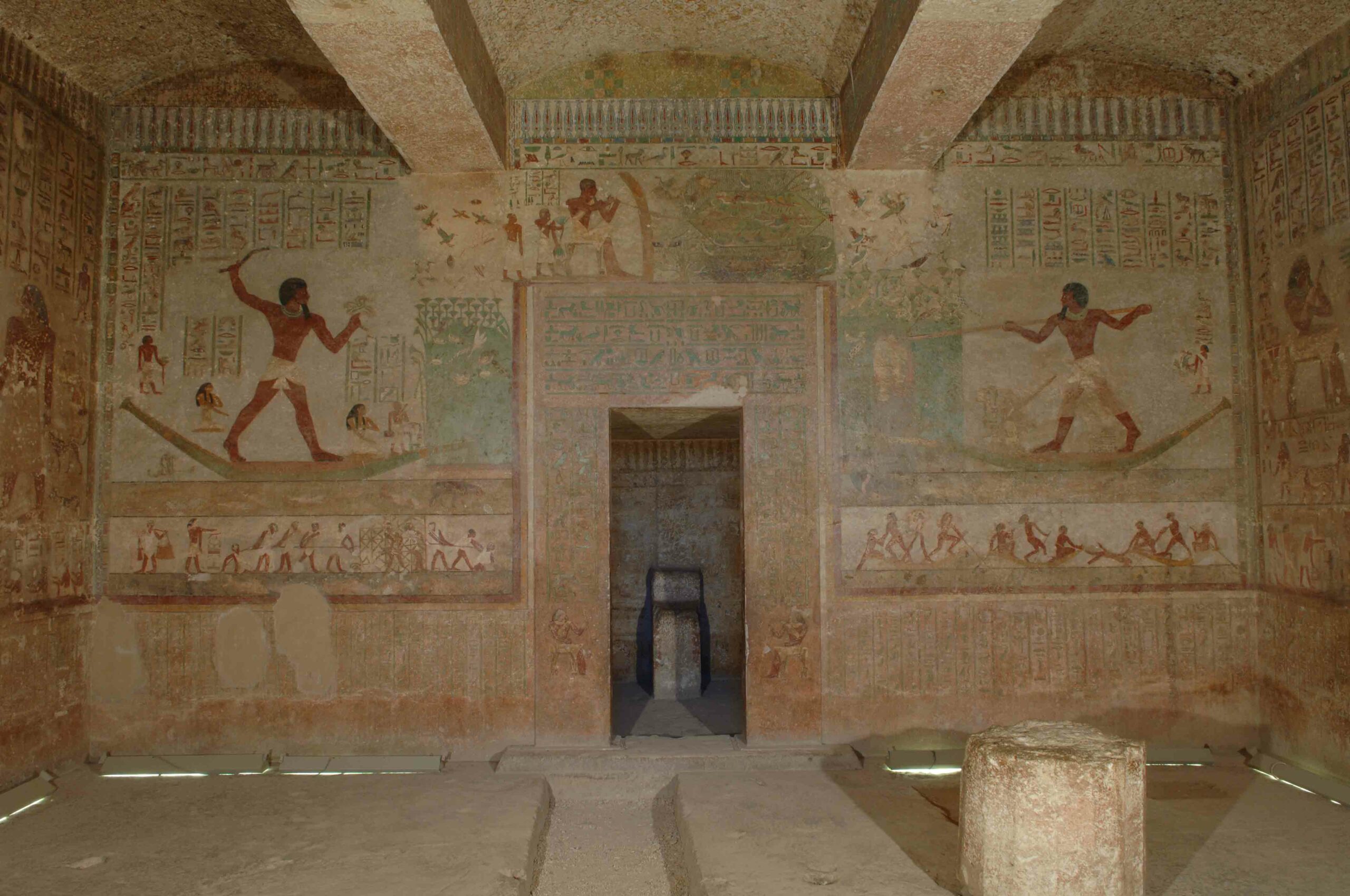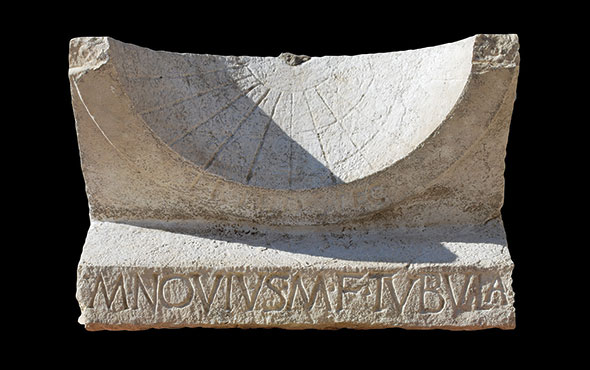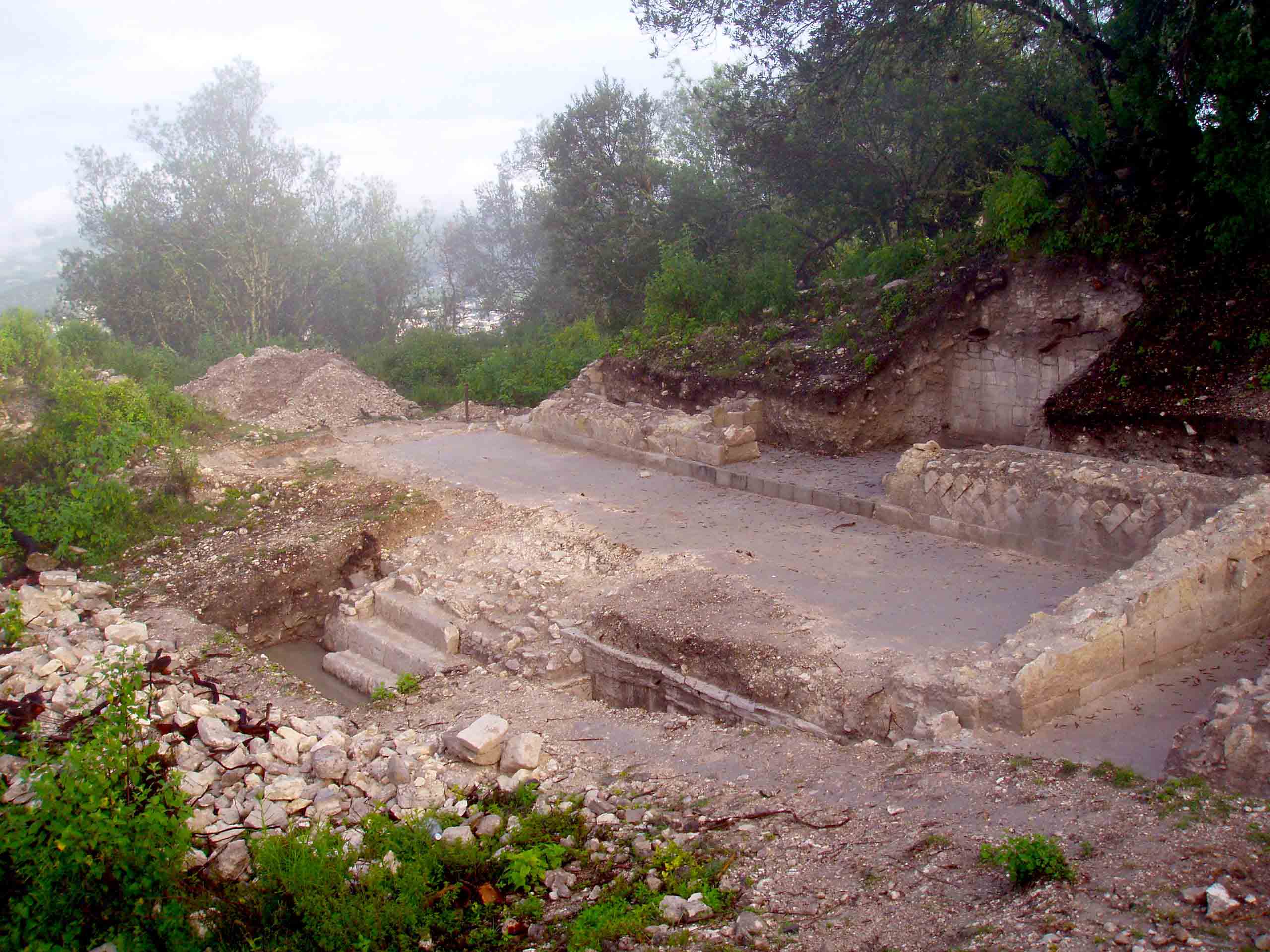
CHAO VALLEY, PERU—According to a Live Science report, three geoglyphs have been found at a ceremonial landscape called Pampa de las Salinas in northern Peru in addition to two that were discovered in the 1970s. Ana Cecilia Mauricio of Pontificia Universidad Catolica del Peru said the ceremonial site is thought to have been shared by nearby communities, but researchers are not sure how it was used. Mauricio explained that the five known circular geoglyphs were made with piles of small, angular rocks within larger quadrangular spaces measuring at least 164 feet wide by 164 feet long. The geoglyphs may have been intended to depict astronomical constellations—one of them has been identified as the Southern Cross—“although we haven’t [made] this interpretation yet since we are still recording them,” Mauricio said. Thermoluminescence dating could help date the structures. The oldest area of the Pampa de las Salinas was built about 6,000 years ago, and the site ceased to be used about 3,000 years ago. To read about a mysterious structure in Peru that may have been a geoglyph, go to “An Overlooked Inca Wonder.”










